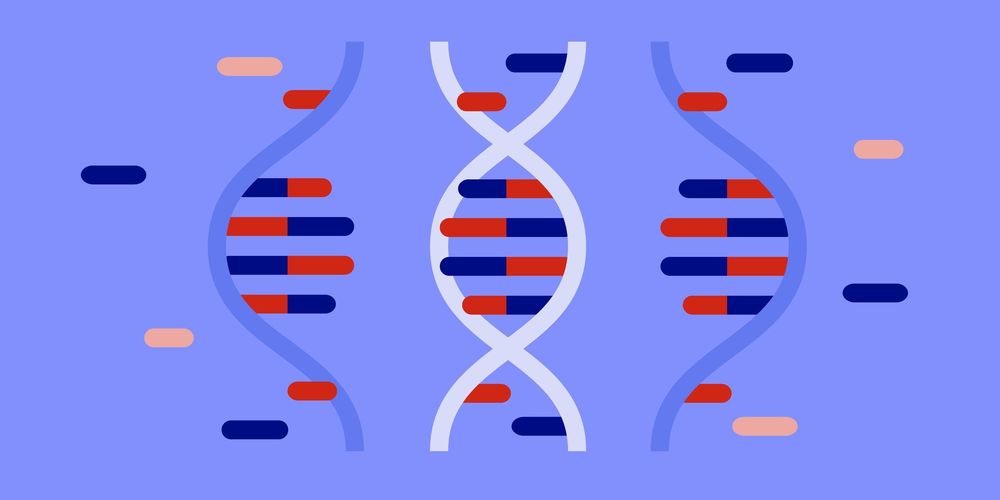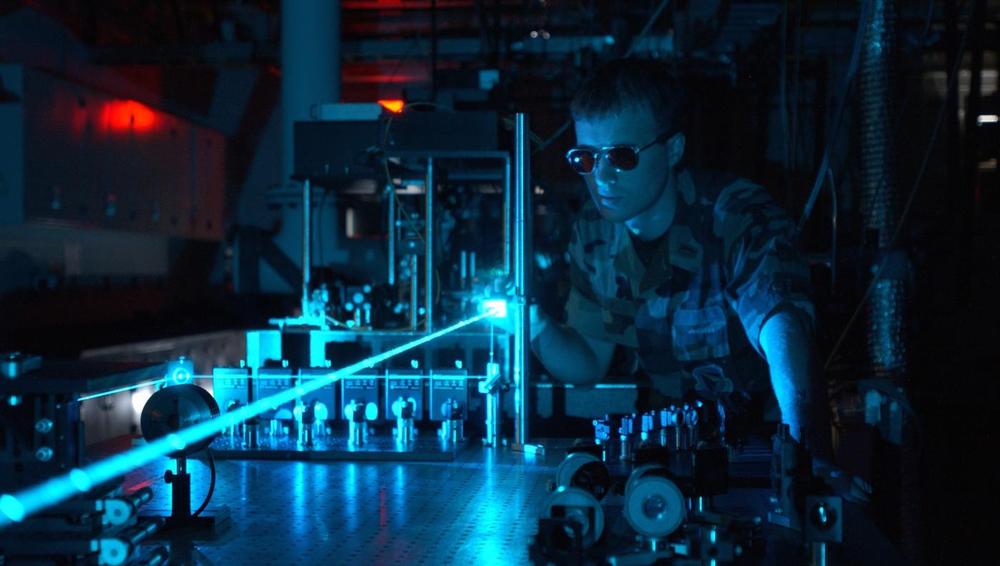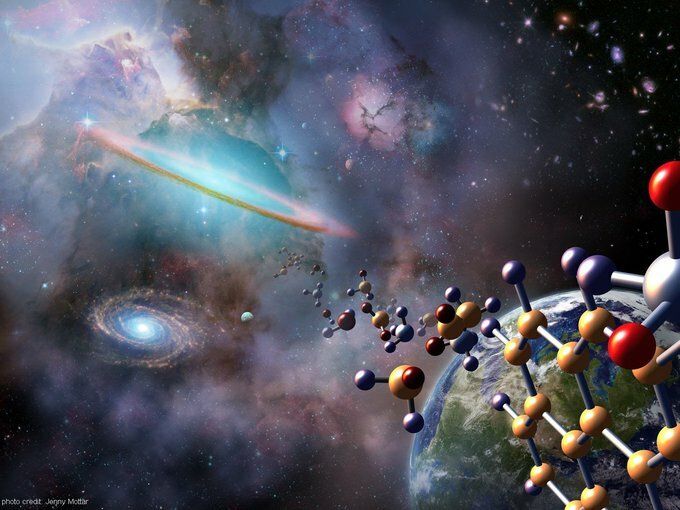As genetic genealogy gains momentum, one state considers barring police departments from using public DNA databases in criminal cases.
The most powerful laser beam ever created has been recently fired at Osaka University in Japan, where the Laser for Fast Ignition Experiments (LFEX) has been boosted to produce a beam with a peak power of 2,000 trillion watts—two petawatts—for an incredibly short duration, approximately a trillionth of a second or one picosecond.
Values this large are difficult to grasp, but we can think of it as a billion times more powerful than a typical stadium floodlight or as the overall power of all of the sun’s solar energy that falls on London. Imagine focusing all that solar power onto a surface as wide as a human hair for the duration of a trillionth of a second: that’s essentially the LFEX laser.
LFEX is only one of a series of ultra-high power lasers that are being built across the world, ranging from the gigantic 192-beam National Ignition Facility in California, to the CoReLS laser in South Korea, and the Vulcan laser at the Rutherford Appleton Laboratory outside Oxford, UK, to mention but a few.
Michael Griffin, the undersecretary for research and engineering, expects future budgets to provide funds for lasers that the missile defense agency can more rapidly develop and field. Space-control needs to have megawatt-class lasers.
Hypersonic weapons’ low signature in flight and high degree of maneuverability upon final approach to targets make the weapons difficult to defend against.
The last time the US really invested in transformative capabilities that overwhelmed adversaries [in Desert Storm] was the Reagan era.
Space rocks come crashing down to Earth with somewhat startling regularity, and when they do they often create a big boom. When a meteorite detonates in Earth’s atmosphere it produces an explosion which researchers call bolides, or simply “fireballs.”
Most of the time, a fireball appears and disappears before anyone is quick enough to grab their smartphone and record it, so we’re left with dash cam videos and still images from stationary cameras to give us a glimpse of the event. Last week, a fireball came crashing down in Cuba and, in a rare treat, we actually get to hear it.
The researchers found that people have a moral preference for supporting good causes and not wanting to support harmful or bad causes. However, depending on the strength of the monetary incentive, people will at one point switch to selfish behavior. When the authors reduced the excitability of the rTPJ using electromagnetic stimulation, the participants’ moral behavior remained more stable.
“If we don’t let the brain deliberate on conflicting moral and monetary values, people are more likely to stick to their moral convictions and aren’t swayed, even by high financial incentives,” explains Christian Ruff. According to the neuroeconomist, this is a remarkable finding, since: “In principle, it’s also conceivable that people are intuitively guided by financial interests and only take the altruistic path as a result of their deliberations.”
Our actions are guided by moral values. However, monetary incentives can get in the way of our good intentions. Neuroeconomists at the University of Zurich have now investigated in which area of the brain conflicts between moral and material motives are resolved. Their findings reveal that our actions are more social when these deliberations are inhibited.
When donating money to a charity or doing volunteer work, we put someone else’s needs before our own and forgo our own material interests in favor of moral values. Studies have described this behavior as reflecting either a personal predisposition for altruism, an instrument for personal reputation management, or a mental trade-off of the pros and cons associated with different actions.
‘’We find selection rules driving interactions in chemistry as a result of environmental conditions; or emergent properties such as catalytic activity, self-assembly and self-replication; or even as a result of the specifics of chemical reactions.’’
Just like the mythical creation stories that depict the formation of the world as the story of order from chaos, the early Earth was home to a chaotic clutter of organic molecules from which, somehow, more complex biological structures such as RNA and DNA emerged.
There was no guiding hand to dictate how the molecules within that prebiotic clutter should interact to form life. Yet, had those molecules just interacted randomly then, in all likelihood, that they would never have chanced upon the right interactions to ultimately lead to life.
“The question is, out of all the random possibilities, are there any rules that govern these interactions?” asks Ramanarayanan Krishnamurthy, an organic chemist at the Scripps Research Institute in California.









